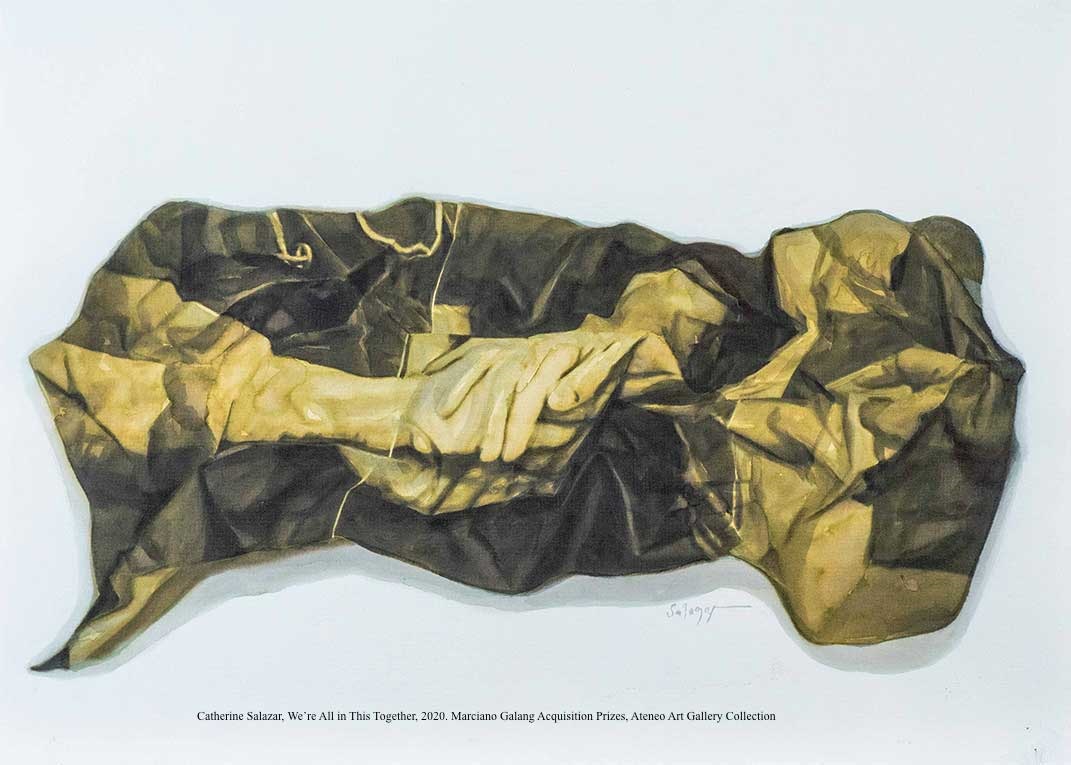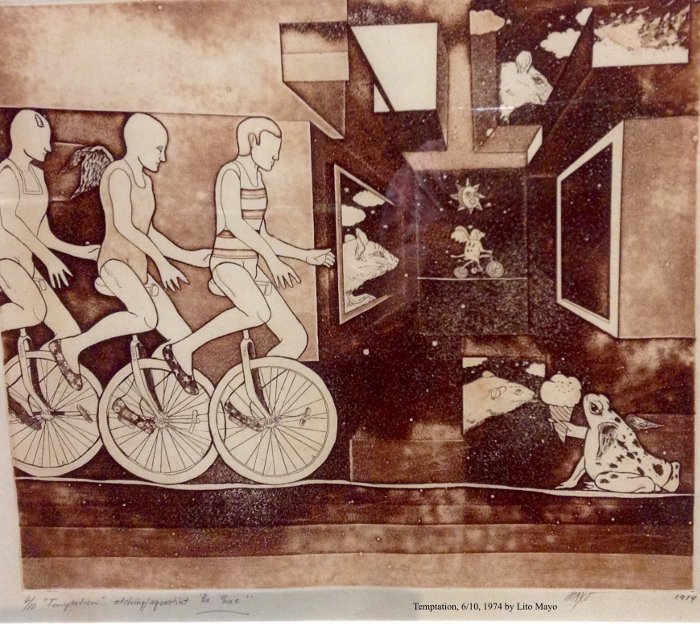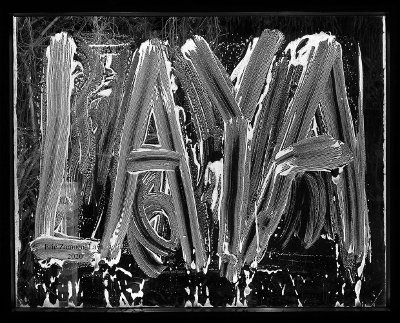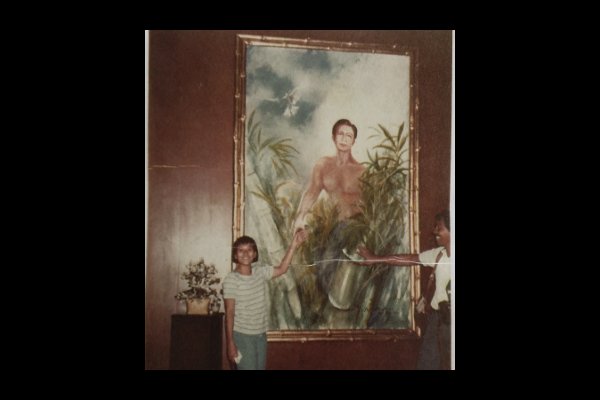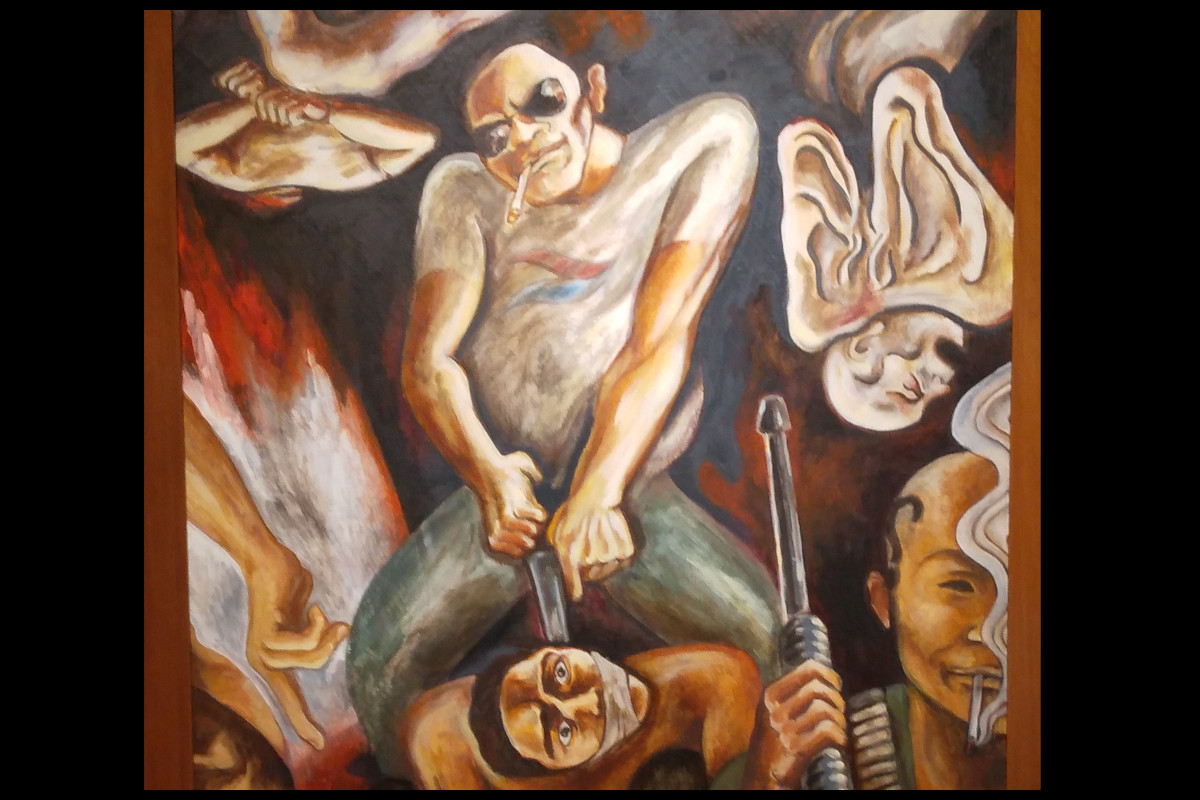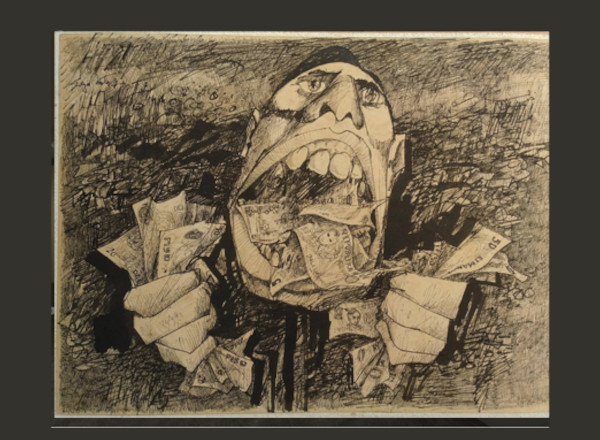“Solidarity with the Filipino Community During the Covid-19 Crisis” is the theme of the Ateneo Art Gallery’s online exhibition of 54 works on paper made by 50 artists. It is online at the AAG website until May 21, 2021.
As its immediate response to the Covid-19 crisis engulfing the country, AAG has canceled the Ateneo Art Awards 2020 and realigned its fund to a new endeavor. It is called the Ateneo Art Gallery-Marciano Galang Acquisition Prize Program (AAG-MGAP), with support from the Embassy of Italy, Manila.
Ma. Victoria T. Herrera, AAG director and chief curator, notes that the AAG-MGAP is “our way of presenting and documenting how artists capture and express the anxieties, challenges, and heroic deeds to address the pandemic.”
Of the 54 works out of a total of 329 entries, AAG has acquired 14 works for its permanent collection; the Embassy of Italy has purchased two works for its own Philippine contemporary art collection.
Who is Marciano Galang?
The program honors Marciano Galang (1945-2001) of Cabusao, Camarines Sur whose Cavite (1964), an oil on canvas with an assemblage of discarded objects – can, shoes, and burlap– was the first work acquired through Fernando Zobél’s Purchase Fund, conceived in 1965.
A graduate of fine arts, University of the Philippines, Diliman, Mars Galang had participated in the 1967 Philippine Contemporary Prints Show in Geneva, the 1968 First Indian Triennale, and the 1971 Paris Biennale. He was part of the first batch of artists to be recognized as one of the Thirteen Artists in 1970 by the Cultural Center of the Philippines.
Narratives of disruption
Distilled through the eyes of artists, the 54 art works, mostly figurative, represent our own lived experiences and feelings of anxiety, uncertainty, and fear juxtaposed with a sense of calm and optimism under Covid-19.
The works use an imaginative array of medium such as volcanic ash, bleach, muriatic acid, gauze, sawdust, thread and strings, coffee and an artist’s own hair, aside from the conventional pen-and-ink, oil, acrylic, pastel, and watercolor.
Dissonance made visible
The now familiar ritual of handwashing, wearing of face masks, and social distancing are covered in C.Garcia, 20 Seconds Wash, Rinse, Repeat, E. De Duzman’s medley of Street Masks, R. Cruz, Physical Distancing, and E. Cubillo’s Magkakahiwalay Pero Nag-iisa that depicts 25 individuals standing far apart from each other.
In C. Gernale’s A Quarantine View, a long row of white monobloc chairs are set apart against a wall, presenting an eerie and dismal scene with nobody around. Only the plastic chairs bear witness to the queues that appear for a kilo of rice or canned sardines and the infinite patience of ordinary folks waiting for ayuda.
In the neighborhood, the family who wears masks stay together in A. Ordoyo’s HOME. A still life of new normal essentials (disinfectant, vitamins, and canned food) in watercolor on paper is offered by G. Pomarejos in The Counter. And in MM Yu’s No End, photographs show streets blocked off in an attempt to prevent the spread of the virus. It remains an ignorant gesture of defiance against an unseen enemy —airborne and invisible to the naked eye.
C. Salazar comforts us with a tight embrace in We Are All in This Together. Amidst despair in being isolated, common sense becomes unstuck in Unsocial Distancing by Janos Delacruz with a group huddled skin-to-skin, risking their lives to reclaim their sociality.
Our sense of mortality is heightened by A. Kasiban’s digital photograph, May the Dead Not Take Me With It; funeral traditions are on hold in Art of Ligaya’s G*A News: No Memorials, No Urn for Covid-19 Deaths that shows a plastic sandwich bag with the cremated remains of a loved one.
Faced with the a militaristic and authoritarian approach to Covid-19 in R. Mansueto’s Bayan Ko, a nation suffers with only faith and prayer by its side. Old habits die hard in E. Guazon’s Gray Area, where a defiant boy stands up, surrounded by human figures lying on the ground. Some armed figures take aim and shoot. Skulls float in the air. Yes, the killings continue.
State of mind
A number of works probe into the inner self: L. Gonzales, Home Lessons on Patience on cultivating the virtue of a quiet mind; J. Benitez, The Mind In Isolation #2 depicts a woman and in place of its head, some frightful images arising from this contagion. Is it time to confront our fears?
And yet, amidst the contagion year of 2020, the long lockdown made us slow down, reflect, and take stock of the self in relation to the world. A reset of habits and practices leads us to reimagine new ways of being.
These times certainly create the condition for new opportunities. Through fresh and new work, Filipino artists reaffirm our sense of being alive and our connection with each other, enduring it all.
